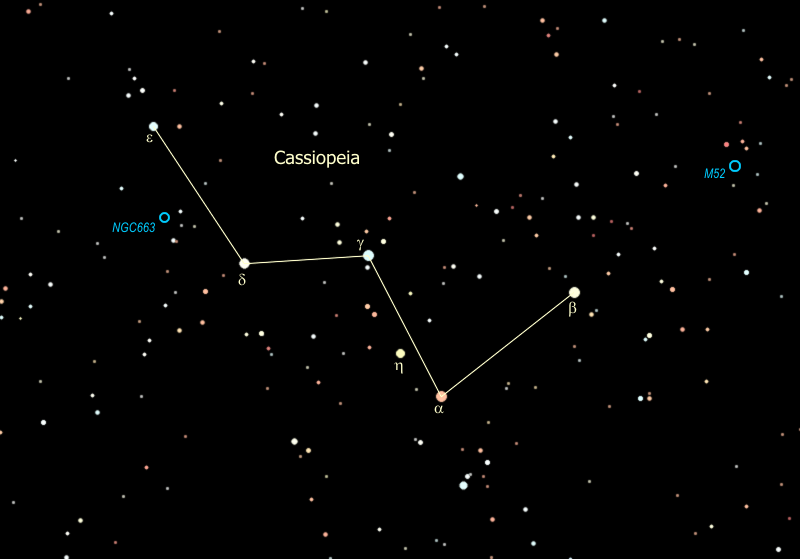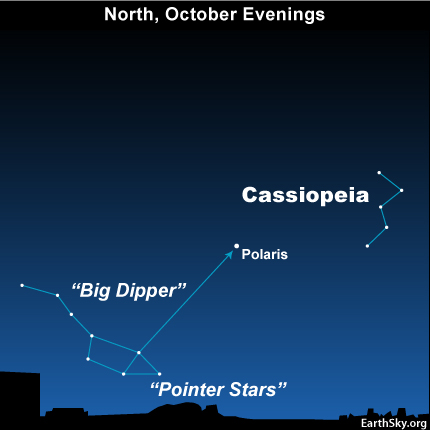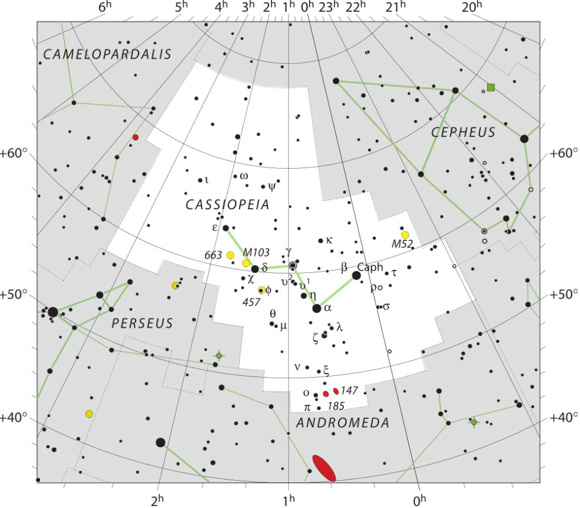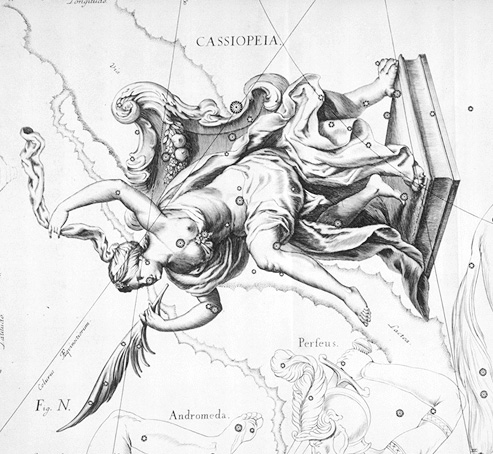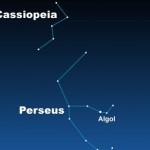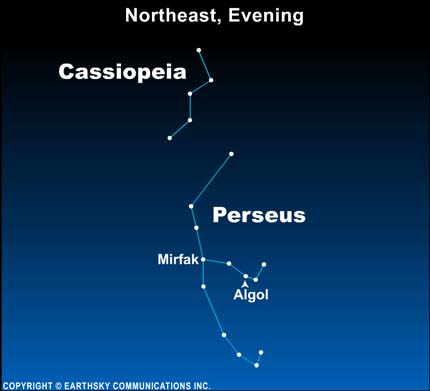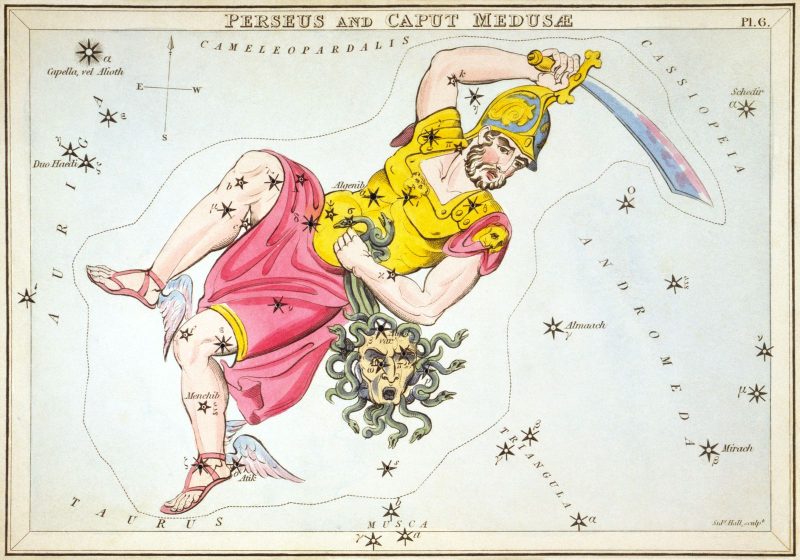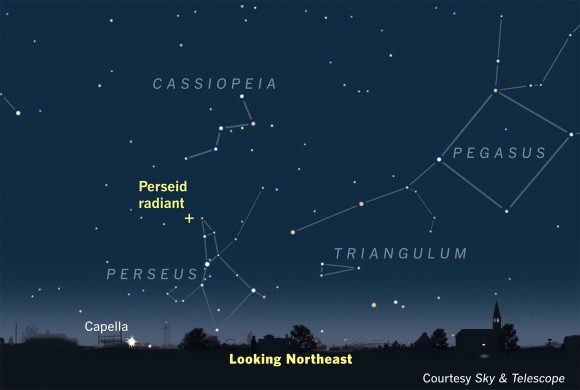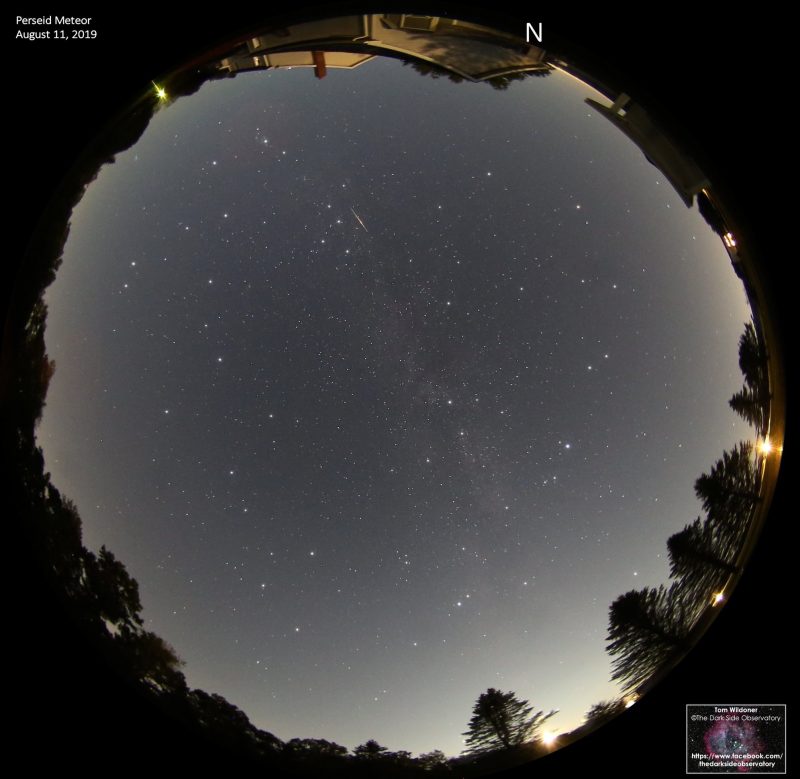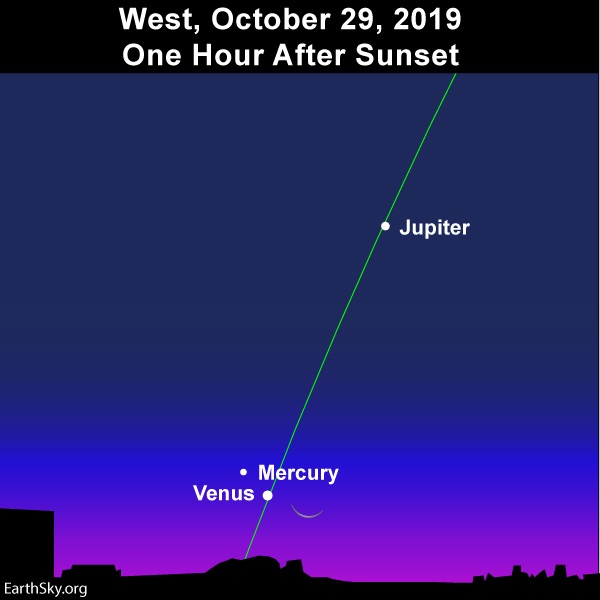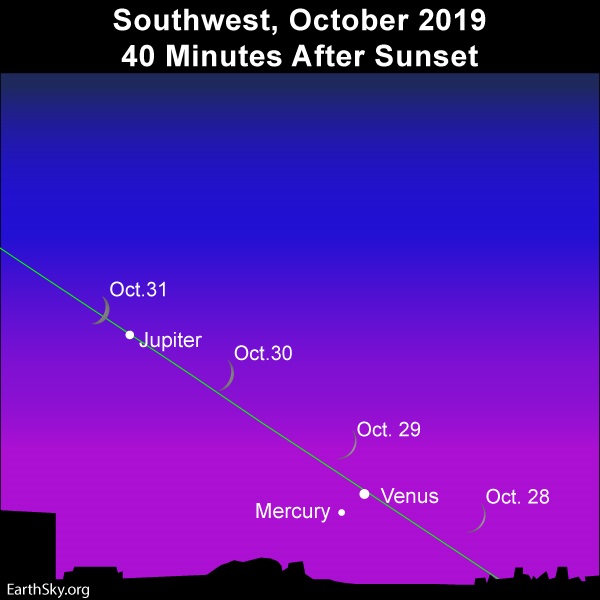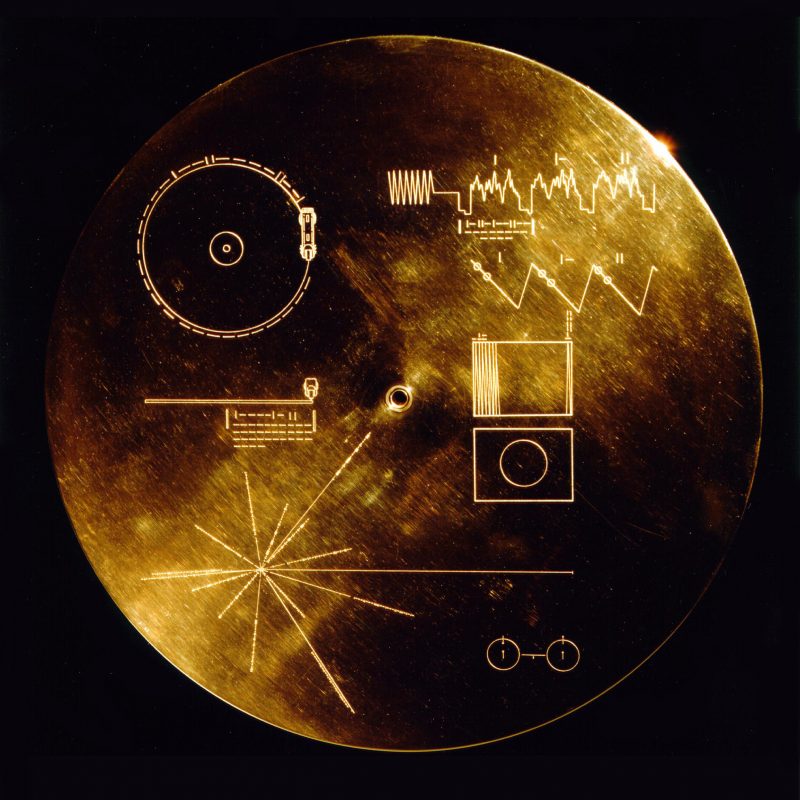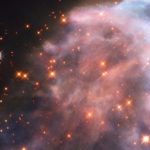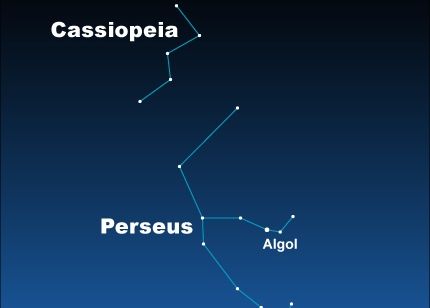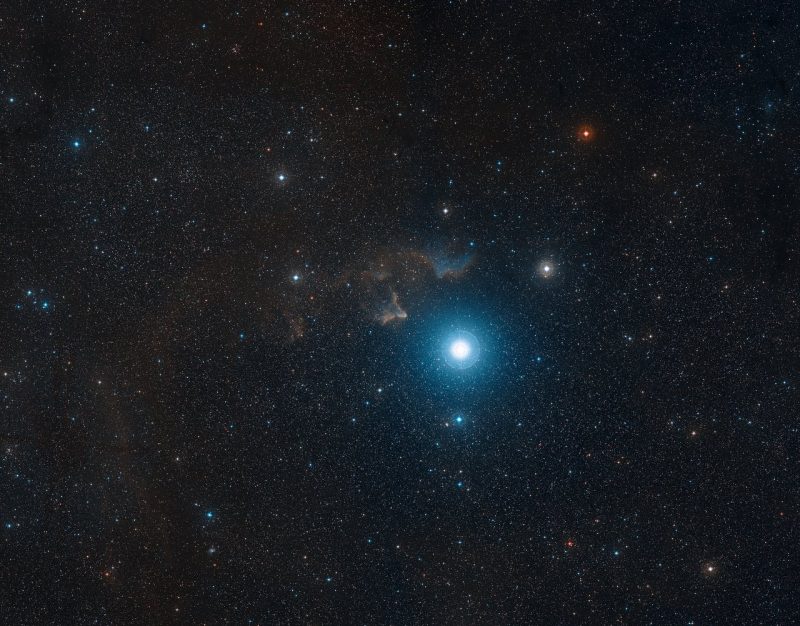

The Hubble Space Telescope captured this image of the 2nd known interstellar object – called comet 2I/Borisov by earthly astronomers – on October 12, 2019, when the object was about 260 million miles (420 million km) from Earth. This object is believed to have arrived here from another planetary system elsewhere in our galaxy. Image via NASA/ESA/D. Jewitt/SpaceTelescope.org.
Astronomers estimate that several interstellar objects – objects originating in other solar systems – pass inside the orbit of Earth each year. By one estimate, 10,000 pass inside the orbit of Neptune on any given day. They all passed unseen, for billions of years, until recently. Astronomers in Hawaii happened upon the first interstellar object – now officially called 1I/’Oumuamua – in late 2017. An amateur astronomer, Gennadiy Borisov, spotted the second one on August 30, 2019, using a 26-inch (0.65-meter) telescope he designed and built himself. This second object was officially named 2I/Borisov by the International Astronomical Union in late September. The “I” stands for interstellar. The “2” means it’s the second such object known to astronomers. It’s still rushing toward its encounter with our sun and will pass closest to our sun – at a distance of about two astronomical units (AU), or about twice the Earth-sun distance – on December 8, 2019.
As it sweeps through our neighborhood of space, astronomers are rushing to study this object. This week (October 14, 2019), the Hubble Space Telescope released the image above of 2I/Borisov. Also, astronomers in Poland published the first peer-reviewed paper about it, discussed below.
New Hubble Space Telescope image of comet 2I/Borisov. The image above was acquired on October 12, 2019, when the object was approximately 260 million miles (420 million km) from Earth. It shows why, unlike ‘Oumuamua, which was hard to distinguish as either definitely asteroid-like or definitely comet-like, the second interstellar object is now confirmed as a comet from another solar system. The Hubble image reveals a very comet-like central concentration of dust around a solid icy nucleus. Astronomer David Jewitt of UCLA, leader of the Hubble team who observed the object, explained in a statement:
Whereas ‘Oumuamua looked like a bare rock, Borisov is really active, more like a normal comet. It’s a puzzle why these two are so different.
Amaya Moro-Martin of the Space Telescope Science Institute in Baltimore, Maryland, added:
Because another star system could be quite different from our own, the comet could have experienced significant changes during its long interstellar journey. Yet its properties are very similar to those of the solar system’s building blocks, and this is very remarkable.
NASA also explained a bit about where these objects come from:
Observations by Hubble and other telescopes have shown that rings and shells of icy debris encircle young stars where planet formation is underway. A gravitational interaction between these comet-like objects and other massive bodies could hurtle them deep into space where they go adrift among the stars.
Future Hubble observations of 2I/Borisov are planned through January 2020, with more being proposed.
Read more about the new Hubble image from SpaceTelescope.org
EarthSky 2020 lunar calendars are available! They make great gifts. Order now. Going fast!

This illustration depicts the trajectory of 2I/Borisov, formerly called C/2019 Q4. Now considered the 2nd known interstellar object – and 1st confirmed comet from another solar system – it will approach no closer to Earth than about 190 million miles (300 million km) before returning again to interstellar space. Image via NASA/JPL-Caltech.
First peer-reviewed paper about 2I/Borisov. Meanwhile, researchers at Jagiellonian University in Kraków in Poland this week published a new study in the peer-reviewed journal Nature Astronomy asserting that – although comet 2I/Borisov appears to be an outcast from another star system – its properties determined so far are “surprisingly familiar.” Researchers Piotr Guzik and Michal Drahus were well prepared for a visit by this second interstellar object, having created a computer program to look for such objects following the earlier visit of ‘Oumuamua. Their program – nicknamed Interstellar Crusher – scanned:
… tirelessly through online data of newly-found comets and asteroids in search of guests from far away. On September 8, 2019, at 04:15 Universal Time, the program issued a red alert and notified the team of a possible new hyperbolic object arriving from interstellar space.
Piotr Guzik explained:
This code was written specifically for this purpose, and we really hoped to receive this message one day. We only didn’t know when.
As it turned out, the second interstellar object had been first spotted by Gennady Borisov a week earlier, although its identity had been unknown at that time. It was only when astronomers around the world began studying the object’s orbit that its interstellar origin was confirmed. Guzik and Drahus, meanwhile, lost no time in scrutinizing images of the object, acquired by telescopes in various parts of the world. Drahus said:
We immediately noticed the familiar coma and tail that were not seen around ‘Oumuamua. This is really cool because it means that our new visitor is one of these mythical and never-before-seen ‘real’ interstellar comets.
In the course of their study of the object, the two researchers found that, like many comets in our own solar system:
… comet Borisov has a dust-dominated morphology, a reddish hue, and that its solid nucleus is about 1 km [.6 mi] in radius.
Guzik commented:
Make of this what you will, but based on these initial characteristics, this object appears indistinguishable from the native solar system comets.
Read more about this study from Jagiellonian University
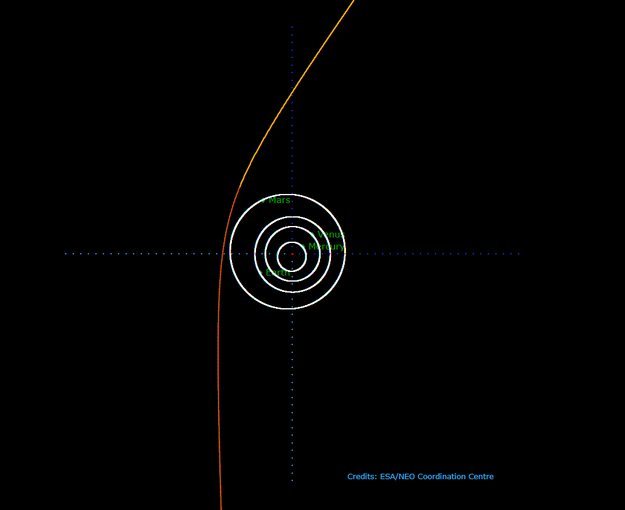
How do astronomers know that ‘Oumuamua and 2I/Borisov don’t belong in the sun’s family of objects? The answer is the shape of their orbits. This illustration shows a hyperbolic comet orbit. By definition, this sort of orbit means an object will travel through the solar system only once. Image via ESA.
Now that astronomers have published a paper about them, the comet-like characteristics of 2I/Borisov might seem obvious … yet they’re profound. The comet-like nature of 2IBorisov is direct proof – proof we in our lifetimes could reach out and touch, if we had the will and wherewithal to launch a spacecraft to this object fast enough – that the assumptions of astronomers have been correct all along. Nature does, apparently, operate in other solar systems as it does in our solar system. Our sun and its solar system are, indeed, likely very ordinary. Our neighborhood of space is likely just one example among hundreds of billions of similar systems in this star-island we call the Milky Way.
Prior to 2I/Borisov, all catalogued comets have come, NASA said, from:
… either from a ring of icy debris at the periphery of our solar system, called the Kuiper belt, or from the Oort cloud, a shell of icy objects which is thought to be in the outermost regions of our solar system, with its innermost edge at about 2000 times the distance between the Earth and the sun.
Now that astronomers are beginning to spot them, 2I/Borisov and ‘Oumuamua – whose name means “scout” – mark the beginning of what’s likely to be many more discoveries of interstellar objects. As NASA explained:
There may be thousands of such interstellar objects here at any given time; most, however, are too faint to be detected with present-day telescopes.
And, who knows, if we’re lucky we may eventually spot an interstellar object that isn’t a natural object at all. After all, our Voyager spacecraft are now heading outward from our solar system into interstellar space, with their golden records containing images of Earth, greetings in 55 languages, music, and an EEG showing the brain waves of a woman in love.
Read more from NASA about the Voyager golden records.
Click here for mission status of the Voyagers, showing their current distances
Bottom line: The second known interstellar object has been categorized as a comet and officially named 2I/Borisov. The Hubble Space Telescope released an image of it this week, showing it as distinctly comet-like. Astronomers in Poland published the first peer-reviewed paper about it, confirming its comet-like characteristics.
Source: Initial characterization of interstellar comet 2I/Borisov
Via Jagiellonian University
from EarthSky https://ift.tt/31r5CqX


The Hubble Space Telescope captured this image of the 2nd known interstellar object – called comet 2I/Borisov by earthly astronomers – on October 12, 2019, when the object was about 260 million miles (420 million km) from Earth. This object is believed to have arrived here from another planetary system elsewhere in our galaxy. Image via NASA/ESA/D. Jewitt/SpaceTelescope.org.
Astronomers estimate that several interstellar objects – objects originating in other solar systems – pass inside the orbit of Earth each year. By one estimate, 10,000 pass inside the orbit of Neptune on any given day. They all passed unseen, for billions of years, until recently. Astronomers in Hawaii happened upon the first interstellar object – now officially called 1I/’Oumuamua – in late 2017. An amateur astronomer, Gennadiy Borisov, spotted the second one on August 30, 2019, using a 26-inch (0.65-meter) telescope he designed and built himself. This second object was officially named 2I/Borisov by the International Astronomical Union in late September. The “I” stands for interstellar. The “2” means it’s the second such object known to astronomers. It’s still rushing toward its encounter with our sun and will pass closest to our sun – at a distance of about two astronomical units (AU), or about twice the Earth-sun distance – on December 8, 2019.
As it sweeps through our neighborhood of space, astronomers are rushing to study this object. This week (October 14, 2019), the Hubble Space Telescope released the image above of 2I/Borisov. Also, astronomers in Poland published the first peer-reviewed paper about it, discussed below.
New Hubble Space Telescope image of comet 2I/Borisov. The image above was acquired on October 12, 2019, when the object was approximately 260 million miles (420 million km) from Earth. It shows why, unlike ‘Oumuamua, which was hard to distinguish as either definitely asteroid-like or definitely comet-like, the second interstellar object is now confirmed as a comet from another solar system. The Hubble image reveals a very comet-like central concentration of dust around a solid icy nucleus. Astronomer David Jewitt of UCLA, leader of the Hubble team who observed the object, explained in a statement:
Whereas ‘Oumuamua looked like a bare rock, Borisov is really active, more like a normal comet. It’s a puzzle why these two are so different.
Amaya Moro-Martin of the Space Telescope Science Institute in Baltimore, Maryland, added:
Because another star system could be quite different from our own, the comet could have experienced significant changes during its long interstellar journey. Yet its properties are very similar to those of the solar system’s building blocks, and this is very remarkable.
NASA also explained a bit about where these objects come from:
Observations by Hubble and other telescopes have shown that rings and shells of icy debris encircle young stars where planet formation is underway. A gravitational interaction between these comet-like objects and other massive bodies could hurtle them deep into space where they go adrift among the stars.
Future Hubble observations of 2I/Borisov are planned through January 2020, with more being proposed.
Read more about the new Hubble image from SpaceTelescope.org
EarthSky 2020 lunar calendars are available! They make great gifts. Order now. Going fast!

This illustration depicts the trajectory of 2I/Borisov, formerly called C/2019 Q4. Now considered the 2nd known interstellar object – and 1st confirmed comet from another solar system – it will approach no closer to Earth than about 190 million miles (300 million km) before returning again to interstellar space. Image via NASA/JPL-Caltech.
First peer-reviewed paper about 2I/Borisov. Meanwhile, researchers at Jagiellonian University in Kraków in Poland this week published a new study in the peer-reviewed journal Nature Astronomy asserting that – although comet 2I/Borisov appears to be an outcast from another star system – its properties determined so far are “surprisingly familiar.” Researchers Piotr Guzik and Michal Drahus were well prepared for a visit by this second interstellar object, having created a computer program to look for such objects following the earlier visit of ‘Oumuamua. Their program – nicknamed Interstellar Crusher – scanned:
… tirelessly through online data of newly-found comets and asteroids in search of guests from far away. On September 8, 2019, at 04:15 Universal Time, the program issued a red alert and notified the team of a possible new hyperbolic object arriving from interstellar space.
Piotr Guzik explained:
This code was written specifically for this purpose, and we really hoped to receive this message one day. We only didn’t know when.
As it turned out, the second interstellar object had been first spotted by Gennady Borisov a week earlier, although its identity had been unknown at that time. It was only when astronomers around the world began studying the object’s orbit that its interstellar origin was confirmed. Guzik and Drahus, meanwhile, lost no time in scrutinizing images of the object, acquired by telescopes in various parts of the world. Drahus said:
We immediately noticed the familiar coma and tail that were not seen around ‘Oumuamua. This is really cool because it means that our new visitor is one of these mythical and never-before-seen ‘real’ interstellar comets.
In the course of their study of the object, the two researchers found that, like many comets in our own solar system:
… comet Borisov has a dust-dominated morphology, a reddish hue, and that its solid nucleus is about 1 km [.6 mi] in radius.
Guzik commented:
Make of this what you will, but based on these initial characteristics, this object appears indistinguishable from the native solar system comets.
Read more about this study from Jagiellonian University

How do astronomers know that ‘Oumuamua and 2I/Borisov don’t belong in the sun’s family of objects? The answer is the shape of their orbits. This illustration shows a hyperbolic comet orbit. By definition, this sort of orbit means an object will travel through the solar system only once. Image via ESA.
Now that astronomers have published a paper about them, the comet-like characteristics of 2I/Borisov might seem obvious … yet they’re profound. The comet-like nature of 2IBorisov is direct proof – proof we in our lifetimes could reach out and touch, if we had the will and wherewithal to launch a spacecraft to this object fast enough – that the assumptions of astronomers have been correct all along. Nature does, apparently, operate in other solar systems as it does in our solar system. Our sun and its solar system are, indeed, likely very ordinary. Our neighborhood of space is likely just one example among hundreds of billions of similar systems in this star-island we call the Milky Way.
Prior to 2I/Borisov, all catalogued comets have come, NASA said, from:
… either from a ring of icy debris at the periphery of our solar system, called the Kuiper belt, or from the Oort cloud, a shell of icy objects which is thought to be in the outermost regions of our solar system, with its innermost edge at about 2000 times the distance between the Earth and the sun.
Now that astronomers are beginning to spot them, 2I/Borisov and ‘Oumuamua – whose name means “scout” – mark the beginning of what’s likely to be many more discoveries of interstellar objects. As NASA explained:
There may be thousands of such interstellar objects here at any given time; most, however, are too faint to be detected with present-day telescopes.
And, who knows, if we’re lucky we may eventually spot an interstellar object that isn’t a natural object at all. After all, our Voyager spacecraft are now heading outward from our solar system into interstellar space, with their golden records containing images of Earth, greetings in 55 languages, music, and an EEG showing the brain waves of a woman in love.
Read more from NASA about the Voyager golden records.
Click here for mission status of the Voyagers, showing their current distances
Bottom line: The second known interstellar object has been categorized as a comet and officially named 2I/Borisov. The Hubble Space Telescope released an image of it this week, showing it as distinctly comet-like. Astronomers in Poland published the first peer-reviewed paper about it, confirming its comet-like characteristics.
Source: Initial characterization of interstellar comet 2I/Borisov
Via Jagiellonian University
from EarthSky https://ift.tt/31r5CqX

